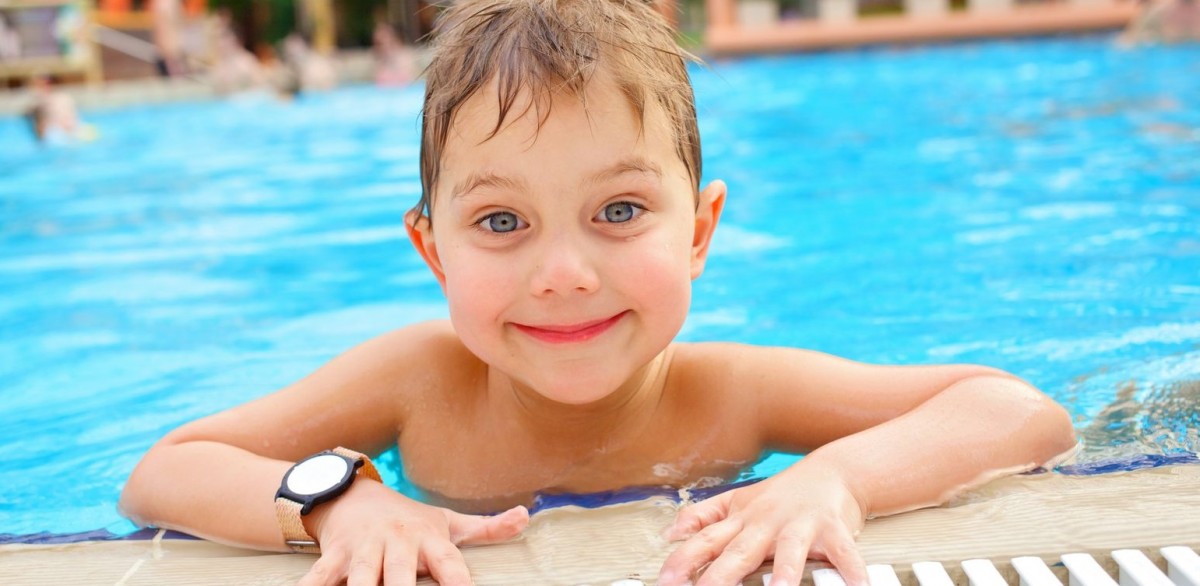Aquatic therapy: what is it and why does it work?
Aquatic therapy consists of exercises that take place in the water with the goal of relaxation, fitness, physical rehabilitation, and more. Furthermore, aquatic therapy is used in active rehabilitation as part of the exercise program.
Water is known for its therapeutic benefits. In fact, that is the reason why so many people buy spas or purchase hot tubs for relaxing their muscles. Scientific studies show that pool therapy can speed up recovery time without compromising the outcomes. Doing targeted exercises in the water eases the client’s ability to move and regain function in a relatively pain-free manner. This is because we experience up to 90% lighter body weight when fully submerges in water. Thus, activities that are normally done on land can be executed in the water without the fear of re-injury. During aquatic therapy hydrostatic pressure is applied on the body in equal and consistent amounts, thus providing resistance and helping to build muscle strength and aerobic capacity. The many benefits and outcomes of aquatic therapy include: speeding up recovery time, minimizing loss of range of motion, increasing blood circulation and decreasing inflammation.
What tools does aquatic therapy require?
Depending on the type of injury, there are multiple tools and resources needed to handle the job and to ensure success. These include but are not limited to:
- A warm-water therapy pool with advanced technologies (such as secure handrails, an underwater treadmill, variable water-depth, etc). The temperature of most pools in community centers range from 82-85 degrees Celsius and warm pools have a temperature of 85-92 degrees Celsius.
- Equipment and tools such as aqua barbells, gloves, water fins, ankle weights, noodles, etc.
- Mechanized lift or variable depth pool: for easy access for individuals who are not fully mobile on land.
- Supplies to cover healing wounds in order to prevent wound infection and to keep the water clear of unwanted bacteria.
- With these tools, many different types of exercises can take place to target a number of injured body parts in a safe & secure way.
Children with cerebral palsy (CP)
Cerebral palsy (CP) is a group of disorders which frequently cause motor function malfunction. Cerebral palsy can lead to muscular damage caused by spasticity and stiffness in the muscles. While there is no cure for CP as of yet, aquatic therapy is a promising treatment method!
Pool therapy is particularly appealing to children with CP. In addition, this type of therapy is great for children who cannot participate in land activities due to significant movement limitations. The unique properties of water buoyancy reduce risks associated with joint loading and help build muscle strength. In addition, aquatic therapy decreases the negative influences of poor balance as well as poor postural control thus helping to develop stronger coordination. When incorporated as part of long term therapy, pool therapy aims to provide independence to children with CP, while the treatment process is closely monitored by an experienced professional.
There are several types of swim therapies, including but not limited to:
- “Ai Chi”: a type of yoga in the water.
- “Aquatic PNF”: swim therapy based on Proprioceptive Neuromuscular Facilitation technique.
- “Aquatic Feldenkrais”: physical and psychological therapy.
Children with Autism Spectrum Disorder (ASD)
Children with Autism Spectrum Disorder (ASD) have sensory difficulties and usually get easily distracted. In addition, children with ASD can over or under react to different stimuli in the environment. Pool therapy is beneficial to children with ASD, and a therapist must do careful planning to ensure a safe and secure learning environment. A highly trained pediatric occupational therapist makes special considerations:
- The therapist must evaluate the water temperature as children with autism are very sensitive to sensory input. The water must be warm and comfortable for the child.
- The therapist must also evaluate possible distractions in the water. For example, bright and/or fluorescent lighting can cause a child to react poorly. Next, extremely noisy pools can be a distraction.
Working with an experienced and highly trained pediatric occupational therapists is often a step in the right direction.

